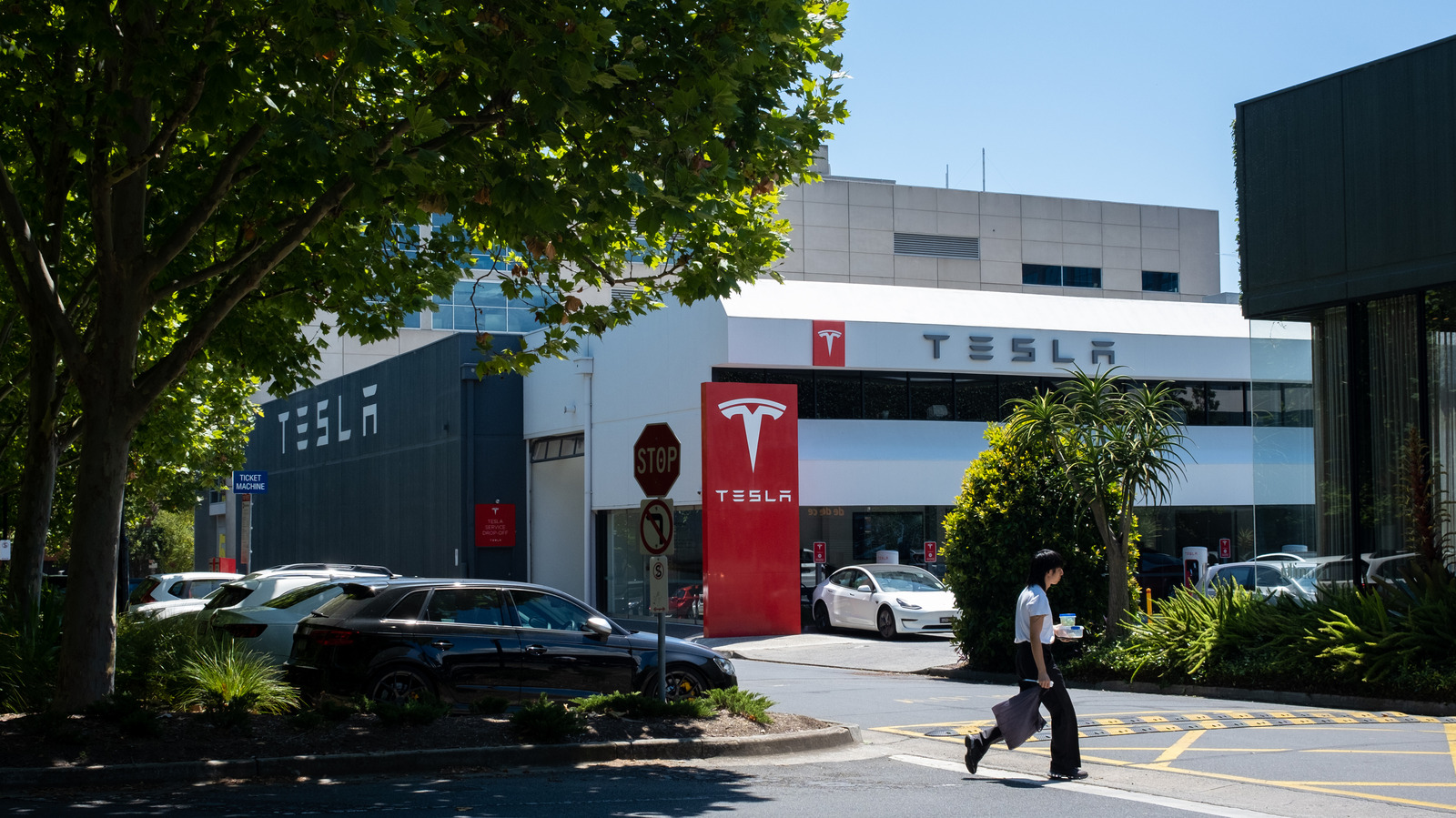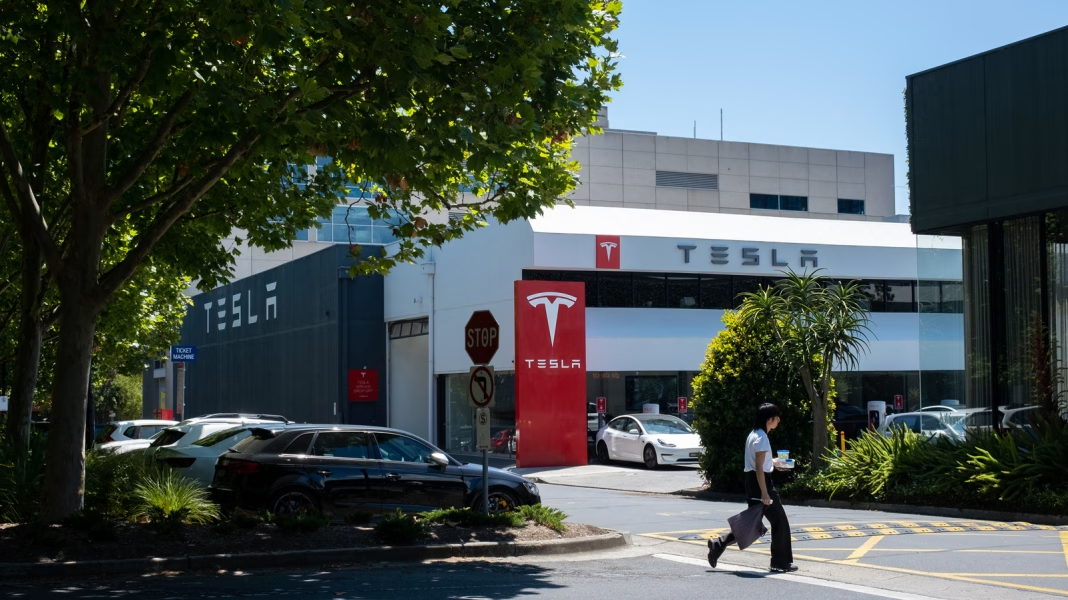About 10,000 Tesla owners have banded together in a class-action lawsuit, and the reasons behind their collective action are raising eyebrows. Many drivers have described their experiences with what’s being termed “phantom braking” as downright terrifying. But what exactly does this mean for Tesla, its customers, and the future of electric vehicles?
Understanding Phantom Braking: What’s Going On?
Phantom braking refers to a situation where a vehicle suddenly and unexpectedly applies the brakes without any apparent reason. For Tesla owners, this has led to alarming moments on the road, with some drivers reporting that their cars have slammed to a stop while traveling at highway speeds. Imagine cruising along, and suddenly your car decides it’s time to halt—no obstacles in sight. That’s the kind of jarring experience many Tesla drivers are facing.
This issue seems to stem from the advanced driver-assistance systems (ADAS) that Tesla vehicles are equipped with. While these systems are designed to enhance safety and provide a smoother driving experience, they can sometimes misinterpret data from sensors and cameras, leading to these unexpected braking events. The result? A mix of confusion, fear, and frustration among drivers who expect cutting-edge technology to work seamlessly.
Why Are So Many Owners Joining the Lawsuit?
The sheer number of participants in this class-action lawsuit signals a significant concern among Tesla owners. For many, it’s not just about the inconvenience; it’s about safety. When you’re driving a vehicle that’s supposed to be at the forefront of technology, the last thing you want is to feel like you’re not in control.
Moreover, the emotional toll can be substantial. Drivers have reported feeling anxious about getting behind the wheel, fearing that their car might suddenly brake for no reason. This anxiety can affect daily life, from commuting to work to family road trips. It’s not just a technical glitch; it’s a disruption to the sense of security that many expect from their vehicles.
Tesla’s Response: What Are They Saying?
Tesla has acknowledged the concerns raised by its customers. The company has been known for its commitment to software updates and improvements, often pushing out changes that address various issues. However, critics argue that the response has been slow, and many drivers feel that their safety concerns have not been adequately addressed.
In the tech world, rapid innovation is the norm, but it also comes with risks. As Tesla continues to push the envelope with its autonomous driving features, the company must balance innovation with safety. The challenge lies in ensuring that the systems are reliable and that drivers can trust their vehicles to perform as expected.
What’s Next for Tesla and Its Drivers?
As the lawsuit unfolds, it’s likely that we’ll see more discussions about the implications of advanced driver-assistance systems in general. This case could set a precedent for how tech companies are held accountable for the safety of their products.
For Tesla owners, the hope is that this collective action will lead to meaningful changes. Whether it’s through software updates that improve the reliability of braking systems or more transparent communication from the company, there’s a strong desire for resolution.
The big takeaway? This situation isn’t just about Tesla; it’s about the broader conversation around technology and safety in the automotive industry. As we embrace more advanced features in our vehicles, it’s crucial to ensure that they enhance our driving experience without compromising safety. If you’re a Tesla owner or considering an electric vehicle, keep an eye on these developments. Change is on the horizon, and it’s driven by the voices of those who demand better.


